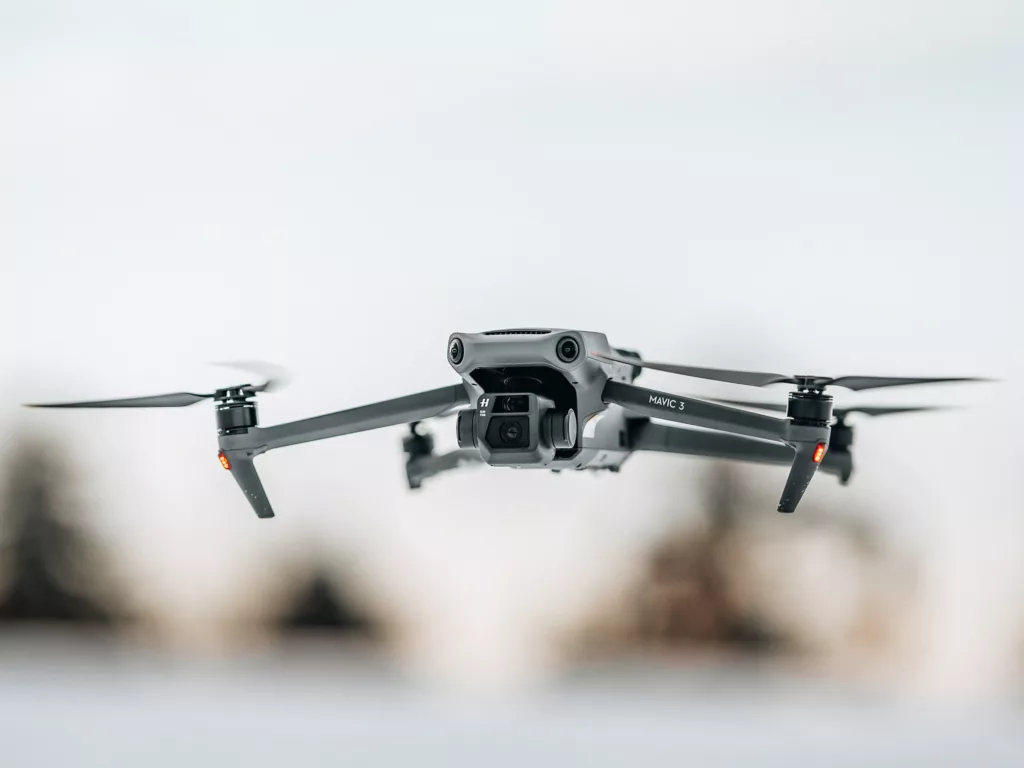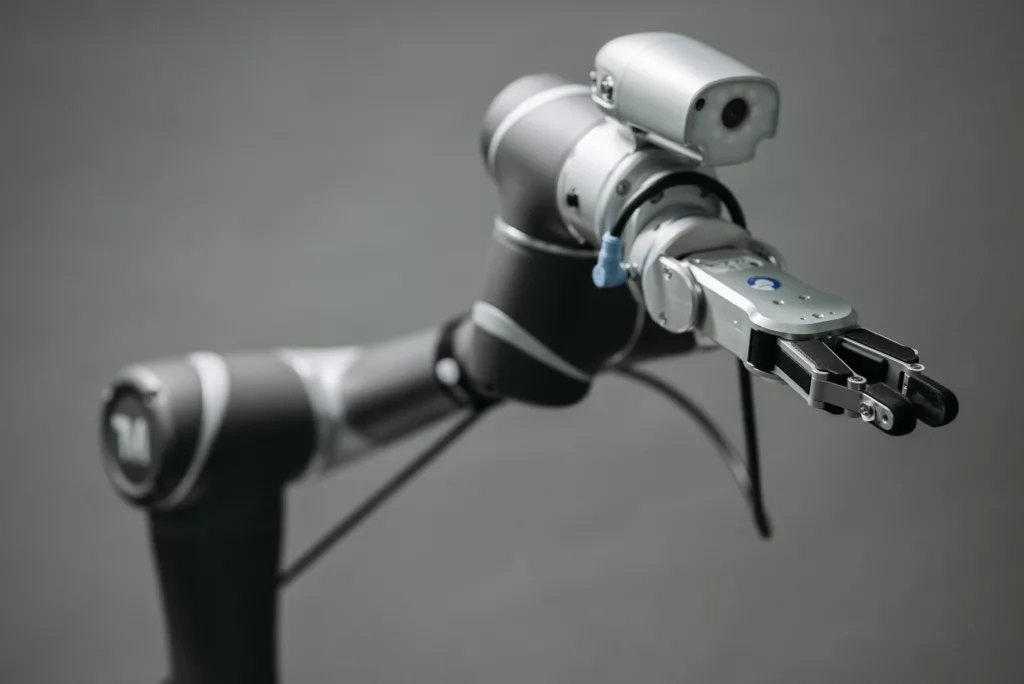Enhancing Construction Projects with Technology
In today’s rapidly evolving world, technology has become an integral part of almost every industry, and the construction sector is no exception. Gone are the days of relying solely on manual labour and traditional methods. The advent of innovative technologies has revolutionized the way construction projects are planned, executed, and maintained. From cutting-edge software solutions to groundbreaking hardware advancements, technology has proven to be a game-changer in modern construction.
In this blog, we will explore the crucial role that technology plays in shaping and enhancing construction projects. We will delve into the various technological advancements that have reshaped the industry, enabling greater efficiency, improved collaboration, and cost-effectiveness. By embracing these technologies, construction companies are able to tackle complex challenges, streamline operations, and deliver projects with precision.
By understanding and harnessing the potential of these technologies, construction professionals can propel their projects forward, optimize resource utilization, and ensure superior quality outcomes. Whether you’re a builder, consultant, or maintenance expert, this blog will equip you with the knowledge and insights to embrace technology and stay ahead in an ever-evolving industry.
Building Information Modeling (BIM)

Building Information Modeling (BIM) is a process that allows construction professionals to create and manage digital representations of their projects. It provides a centralized and intelligent 3D model that serves as a shared knowledge resource throughout the project lifecycle. Unlike traditional 2D drawings, BIM captures the entire project in a comprehensive digital format.
One of the key advantages of BIM is its ability to enhance project coordination and collaboration among various stakeholders. With a centralized digital model, architects, engineers, contractors, and consultants can work together seamlessly, accessing and updating project information in real time. BIM facilitates efficient communication, minimizing errors and reducing conflicts that may arise during construction.
BIM also enables clash detection, which helps identify and resolve conflicts between different building systems before construction begins. This proactive approach saves time and money by preventing costly rework and modifications on-site. Additionally, BIM allows for better visualization of the project, enabling stakeholders to make informed decisions and address design issues early in the process.
A variety of BIM software tools are available in the market, each offering unique features and capabilities. Some popular BIM software includes Autodesk Revit, ArchiCAD, and Bentley Systems’ AECOsim. These tools provide an array of functionalities, such as 3D modelling, clash detection, quantity takeoff, and project scheduling.
Click here to read G2’s list of the top BIM software programs.
BIM software enables users to create intelligent 3D models with accurate representations of building components and systems. It allows for the integration of various data sources, such as cost estimates, construction schedules, and material specifications. Furthermore, BIM platforms support interoperability, enabling seamless data exchange between different software applications.
By harnessing the power of BIM, construction professionals can optimize project workflows, enhance collaboration, and minimize risks. The digital model acts as a single source of truth, ensuring that everyone involved in the project is working from the same up-to-date information.
Drones and Aerial Imaging

As technology continues to advance, drones have taken flight in the construction industry, offering new possibilities and transforming the way construction projects are executed. These unmanned aerial vehicles, commonly known as drones, equipped with cameras and sensors, provide a bird’s-eye view of construction sites and enable high-resolution aerial imaging.
Drones have become valuable tools in construction for their ability to capture aerial data quickly and efficiently. They can be deployed to conduct surveys and inspections and monitor construction progress, providing valuable insights that were previously time-consuming or difficult to obtain. By leveraging drones, construction professionals can gather accurate and up-to-date information about the site, leading to better decision-making and improved project outcomes.
Drones play a vital role in enhancing construction safety and streamlining inspections. With their ability to access hard-to-reach areas, drones can identify potential safety hazards, such as loose scaffolding or structural defects. Regular aerial inspections can help mitigate risks and ensure compliance with safety regulations.
In addition, drones equipped with thermal imaging cameras can detect anomalies in the building envelope, electrical systems, or HVAC equipment. This aids in identifying energy inefficiencies and potential maintenance issues, promoting preventive measures and reducing long-term costs.
Robotics & Automation

Robotics and automation refer to the use of machines, robots, and intelligent systems to perform tasks traditionally carried out by humans. In construction, these technologies are revolutionizing repetitive, time-consuming, or hazardous tasks, enabling construction professionals to focus on more complex activities.
Here are some examples of robot systems used in construction:
Robotic Bricklaying: Robotic bricklaying systems use computer-controlled robots to lay bricks accurately and efficiently. These robots can handle repetitive tasks, ensuring consistent quality and productivity while reducing manual labour requirements.
3D Printing: Construction 3D printing involves the use of robotic arms or gantries to create three-dimensional structures by layering construction materials. This technology allows for the rapid construction of complex geometries, reducing material waste and construction time.
Autonomous Construction Equipment: Automation is being applied to construction equipment, such as excavators and bulldozers, enabling them to operate autonomously. These machines use sensors, GPS technology, and artificial intelligence algorithms to perform tasks with increased precision and reduced (but not eliminate) human interaction.
Advantages of Using Robotics & Automation in Construction Projects
Increased Efficiency: Robots and automated systems can perform tasks with higher speed and precision, resulting in improved productivity and reduced construction time. They can work around the clock, optimizing project schedules and reducing overall project duration.
Enhanced Safety: By automating hazardous tasks, robotics and automation reduce the risk of injuries for workers. Robots can handle tasks in dangerous environments, such as working at heights or in confined spaces, minimizing the exposure of human workers to potential risks.
Improved Quality and Consistency: Robotic systems can execute repetitive tasks with a high degree of accuracy and consistency, leading to improved quality control and fewer errors in construction. This ensures that projects meet the desired specifications and reduces the need for rework.
Resource Optimization: Automation in construction reduces material waste, as robotic systems can minimize material usage and optimize construction processes. This leads to cost savings and environmental sustainability.
Addressing Labor Shortages: The construction industry faces challenges related to labour shortages and an aging workforce. Robotics and automation help alleviate these issues by augmenting human labour, allowing companies to maintain productivity levels even with a limited workforce.
Internet of Things

The Internet of Things (IoT) refers to the network of interconnected devices embedded with sensors, software, and connectivity capabilities that enable them to collect and exchange data. In construction, IoT facilitates the integration of various smart devices, equipment, and systems, creating a network of interconnected entities that provide valuable insights and automation opportunities.
IoT devices play a crucial role in construction site monitoring, enabling real-time data collection and analysis for enhanced safety and efficiency. These devices can monitor environmental conditions, track equipment performance, and detect potential hazards.
Here are a few examples of how IoT improves construction site monitoring and safety:
Environmental Monitoring: IoT sensors can monitor factors such as temperature, humidity, and air quality in real time. This information helps ensure optimal working conditions for workers and can alert supervisors to potential risks or the need for preventive measures.
Equipment Tracking and Utilization: IoT-enabled tracking devices attached to tools and equipment provide real-time location data. Construction companies can monitor equipment usage, prevent theft or loss, and optimize equipment utilization, leading to improved project scheduling and cost management.
Safety Alerts and Emergency Response: IoT devices can detect safety hazards such as gas leaks, excessive noise levels, or unauthorized access to restricted areas. When triggered, these devices can send instant alerts to the appropriate personnel, allowing for swift action and mitigating potential accidents or emergencies.
IoT devices can also improve operational efficiency; here are a few examples:
Equipment and Fleet Management: IoT-based asset tracking solutions enable construction companies to monitor the location, status, and performance of their equipment fleet. This data helps optimize maintenance schedules, identify potential breakdowns, and minimize downtime.
Predictive Maintenance: IoT sensors integrated into machinery can collect real-time data on equipment performance, such as vibration, temperature, or fluid levels. This data is then analyzed to predict maintenance needs, allowing for proactive repairs or replacements, reducing unplanned downtime and optimizing equipment lifespan.
Energy Management: IoT-based energy monitoring systems can track and analyze energy consumption patterns in construction sites or buildings. This data helps identify areas for energy efficiency improvements, leading to cost savings and reduced environmental impact.
The integration of technology brings numerous benefits, including streamlined project coordination, enhanced design visualization, accurate site surveying, proactive maintenance, and data-driven decision-making. By leveraging these technologies, construction companies can gain a competitive edge, delivering projects with precision, cost-effectiveness, and sustainability.
At Bilt, we understand the transformative power of technology in construction. As a construction management and consulting firm, we specialize in harnessing these technological advancements to drive project success.
Whether you require comprehensive construction management services, specialized consulting for a specific project, or guidance on adopting the right technology solutions, we are here to assist you. Our expertise and experience empower us to navigate the complexities of the construction industry, ensuring that your projects are delivered on time, within budget, and to the highest standards.
Contact us today to discuss your construction needs and discover how our construction management and consulting services can help you harness the full potential of technology. Let us be your trusted partner on your journey toward successful, innovative, and future-proof construction projects.


